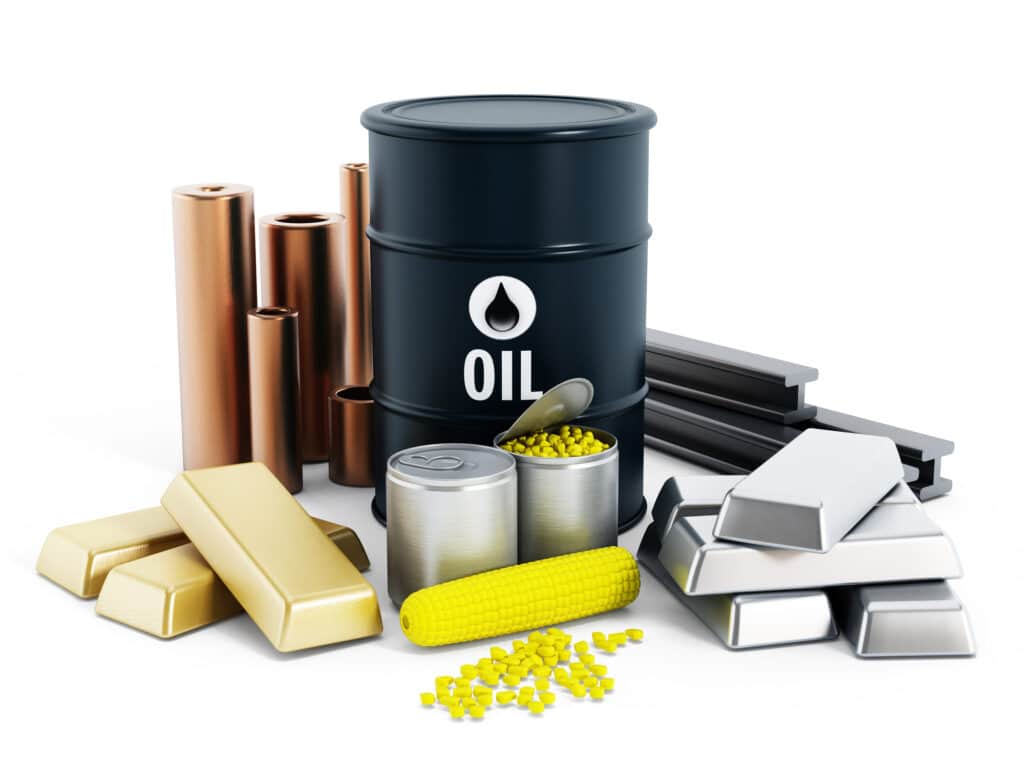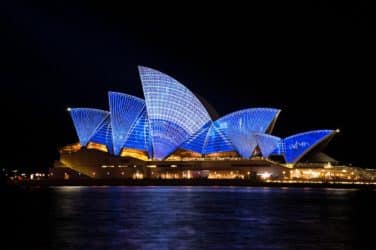
The new tariff environment is gradually being felt across global trade. Volatility is rippling through markets as supply chains realign and participants try to make sense of an uncertain and fractious world.
The shipping industry is one of the first places to feel the effect of geopolitical forces on trade. Container shipping is a clear barometer of the impact of these tensions, with prices moving widely on routes linking China and East Asia with markets in North America and Europe. As tariffs impact the relative attractiveness of imports and exports from different markets, demand will fall on certain routes – such as US-China – while potentially increasing in others, such as intra-ASEAN or ASEAN-India.
We see the impact too on dry bulk shipping, across the full range of shipping classes from Handysize to Capesize. So far some of the greatest activity has been in the biggest, Capesize ships: Singapore Exchange saw a 46% year-on-year increase in volumes in Capesize contracts in April 2025, while settlement prices fell from $21,500 per day to $18,600 per day over the course of the month.
That’s because of another ripple effect. Capesize ships mainly carry iron ore and coal, so this segment of the dry bulk market is sensitive to supply-and-demand dynamics around the manufacture of steel. China is the world’s largest steel producer and exporter, and it is perhaps the market most directly affected by US trade tariffs.
The outcome of US-China negotiations will impact not only the volume but the direction of iron ore shipments, and will also have a knock-on effect on China’s major trading partners who import its steel such as Vietnam, South Korea, the UAE and Thailand – all of whom are facing tariff shocks of their own.
Trade is not the only impact on China: just as relevant is the domestic picture, with a slowdown in residential real estate construction, and a shift in infrastructure priorities from steel-heavy railways and ports to utilities like EV charging stations, wind turbines and data centres, which still use steel, but less of it.
Recent market developments are drawing attention to broader shifts in the iron ore landscape – including the long-term trend in ore quality and the emergence of Simandou, one of the most talked-about new projects in years.
One clear trend in the market has been the decline in global ore grades, a shift now being reflected in product specifications. S&P Global Commodity Insights (Platts) maintains the 62% Fe benchmark as the core specification for its IODEX index in 2025, but is currently consulting the market on whether this remains appropriate.
In parallel, attention is turning to Simandou, a long-discussed high-grade iron ore mine in Guinea, which is expected to start exports in 2025. The project’s potential to bring more high-grade supply has implications for China’s steelmaking and import strategies, given China’s Chalco holds 47% of the joint venture developing the mine.
These two developments are moving along in parallel tracks but pointing to the same outcome: a more complex iron ore landscape that offers greater trading opportunities. Market participants are already preparing for a wider range of product differentials. Hedging strategies will likely evolve to reflect this spread, and freight routes may shift toward deposits with richer quality.
The iron ore play
In such an interconnected market, there are new ways to invest in complex themes beyond traditional asset classes.
In recent years, iron ore has become Asia’s first global commodity. It has transformed from a key ferrous benchmark to a barometer of Asian – and particularly Chinese – industrialisation.
Iron ore has been integral to Chinese growth due to its role in steel production, making it an excellent proxy for the Chinese economy. It also serves as a global macro indicator, and a play on the fact that half of the world is yet to urbanise.
Iron ore’s dramatic outperformance against other asset classes, from the S&P 500 to crude oil and even gold, is also compelling. The inclusion of SGX Iron Ore 62% futures in the Dow Jones Commodity Index in early 2025 demonstrates a growing recognition of the metal’s importance. And it has developed a growing role as a portfolio diversifier, with a very low correlation with other asset classes. Research by S&P shows that a weighting of 4%-9% of iron ore has historically increased Sharpe ratios by 7%-19%.
This presents an opportunity for investors looking to position for a shifting macroeconomic landscape while tapping into long-term themes, in a way that is not already achieved through their holdings of equities, debt, gold or alternative asset classes.
As these ideas have taken hold, the use of iron ore contracts has gone way beyond physical traders with a need to hedge the metal itself. SGX Commodities saw volumes of 550 million metric tons (US$53 billion notional) in iron ore derivatives in April 2025, up 9% year-on-year – and this after 2024 volumes were up 31% on 2023. Volumes in higher-grade 65% iron ore contracts were up 40% year-on-year in April.
Volumes of SGX Commodities iron ore contracts represent close to four times the size of the underlying seaborne physical market, with managed money (such as CTAs, hedge funds, index trackers and asset managers) accounting for 55% of total volumes in 2024, and financial institutions a further 11%, and 25% for physicals.
The participants who are driving the volume increases in iron ore and freight derivatives are varied. Some are industry participants who must hedge in an uncertain environment. Some are taking the very long-term view: that iron ore is a strong and diversified way to gain exposure to the inevitable industrialisation of the world, and that freight allows an investor to express a view on trade patterns. And still others are taking a position, whether positive or negative, on a much shorter timeframe to take advantage of volatility caused by macroeconomic uncertainty.
Both iron ore and freight have grown up as asset classes in their own right. As proxies for hugely important macroeconomic themes – global urbanisation, Chinese economic growth, changing trade patterns in a geopolitically fractious environment – they offer investors a new, liquid and sophisticated way of positioning for a rapidly changing world.
By SGX Commodities




